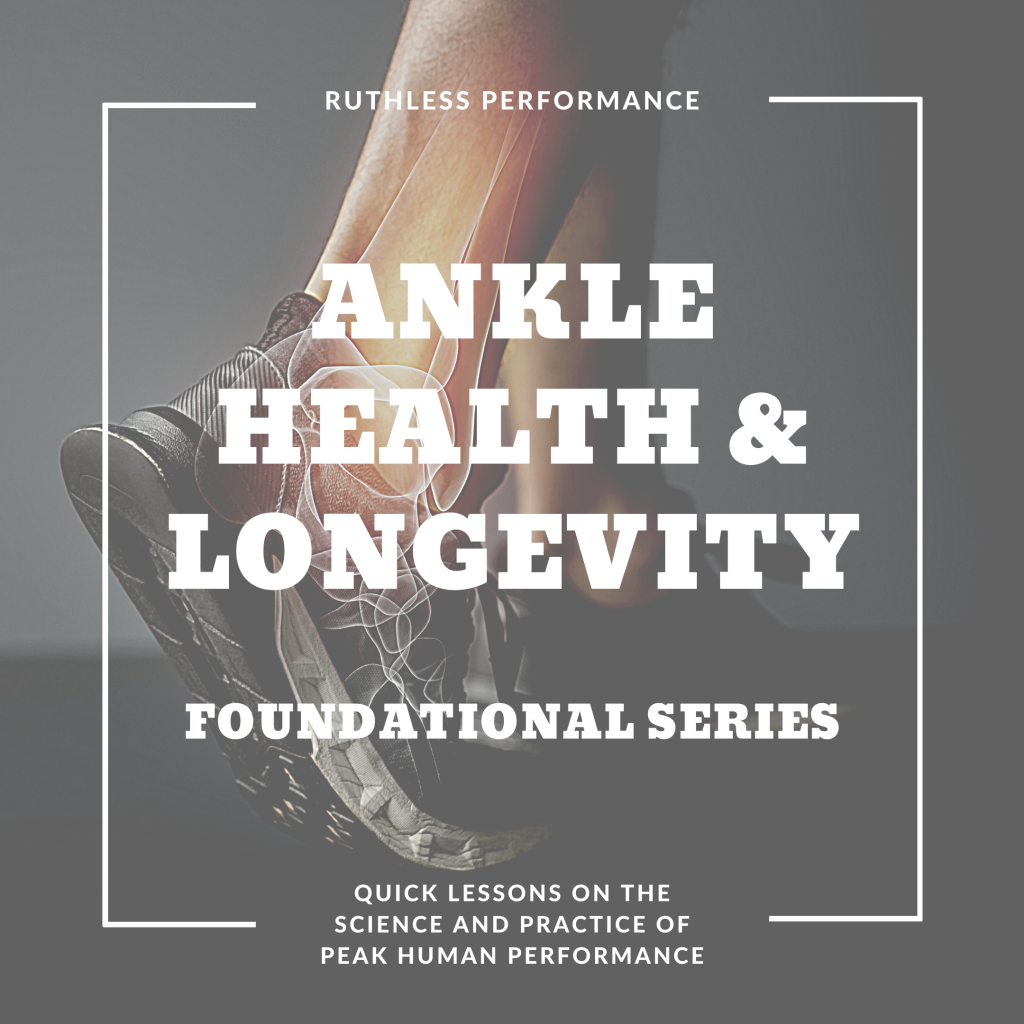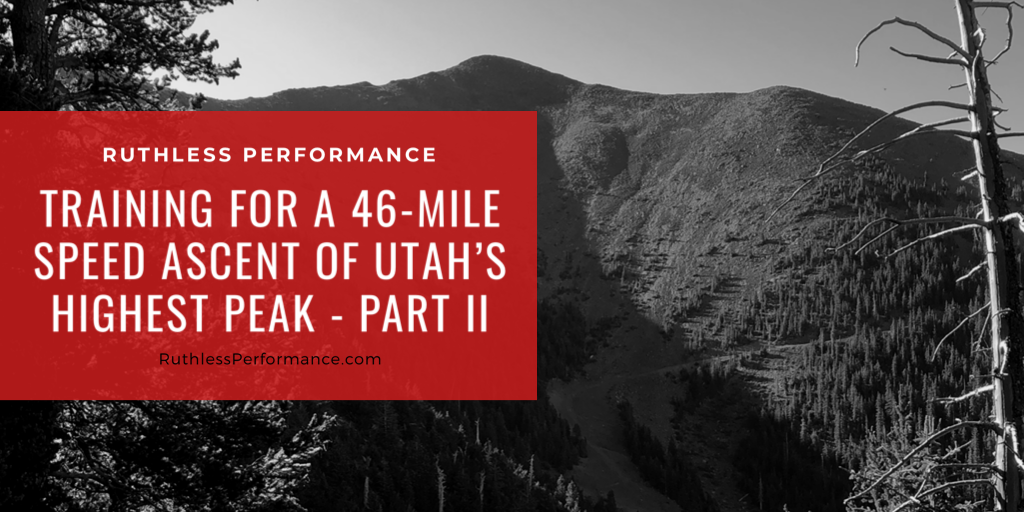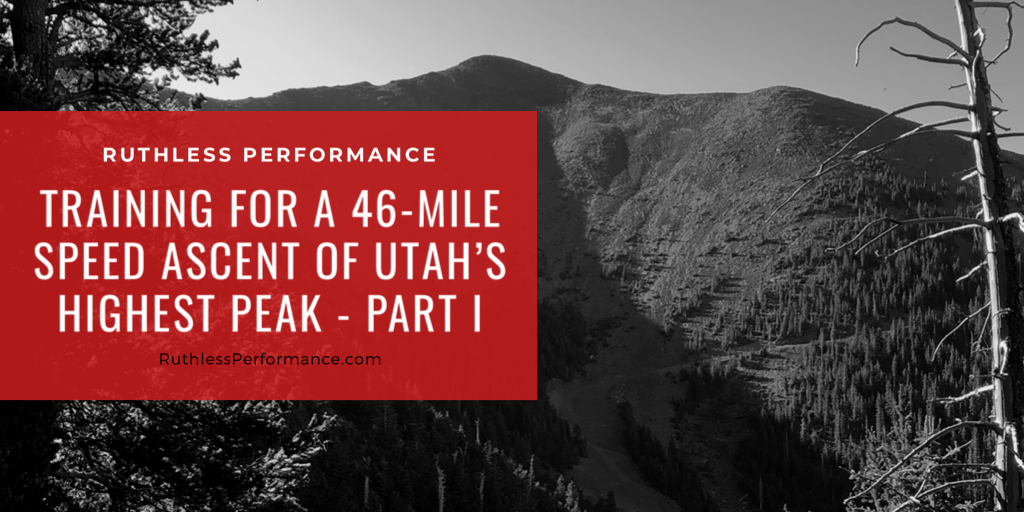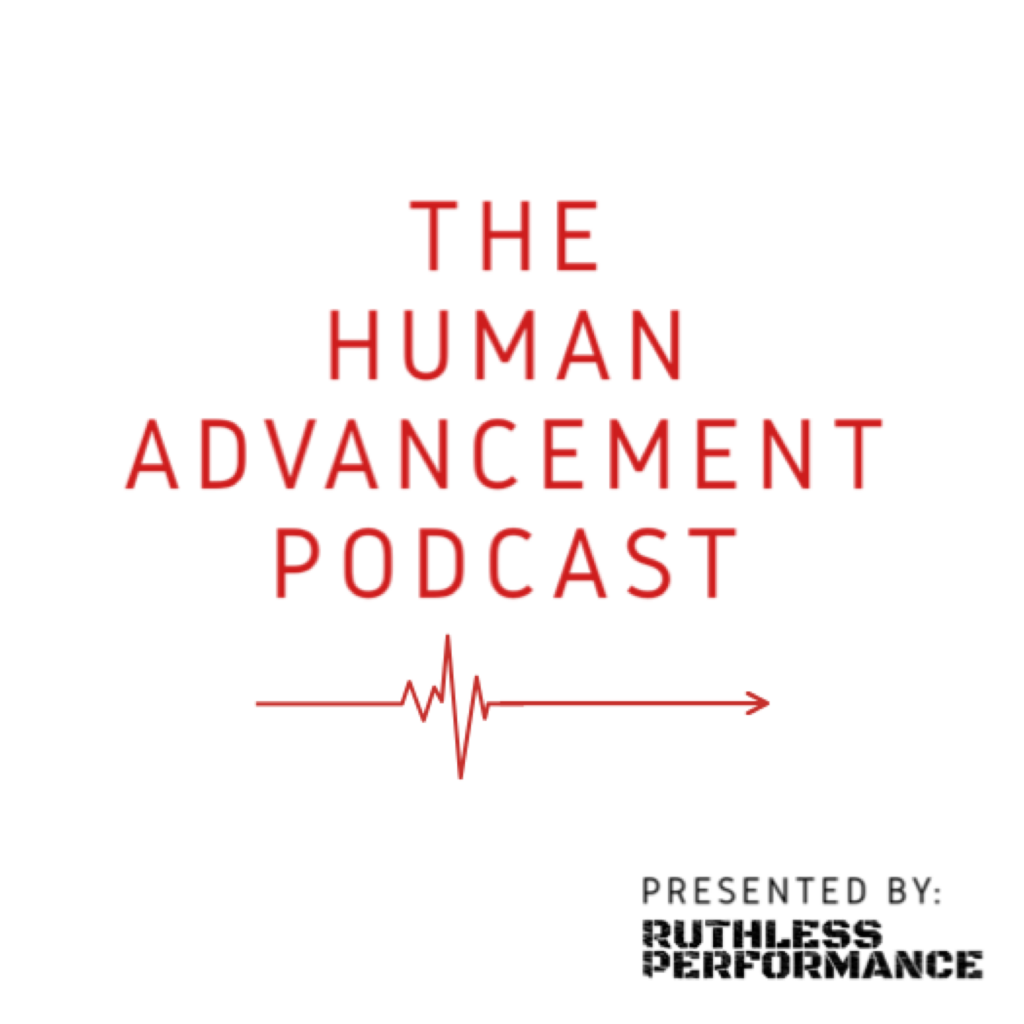In the first half of this article series, I discussed my draw to Utah and some of the reasons why I’ll be returning this August to ascend King’s Peak–the state’s highest point at 13,527 feet above sea-level. I also explained how this differs from a traditional western peak summit; rather than climbing this at a traditional, conservative pace, my limited timeline requires that I perform a ‘speed ascent’ or ‘sky run’ which is a combination of both trail running and traditional mountaineering.
Since I’m putting this advanced stress on my body, I wanted to explain some of my preparation strategies for the run and give readers some actionable tips for making their physiology more suitable for their next trip to high elevation under human-power.
To find something valuable here, your trip needn’t be a high elevation climb, it could simply be a western big-game hunt or a trip to an alpine lake to wrangle up some cutthroat trout (both of which are on my agenda for late summer / early fall 2020 as well).
This is Your New Sport
One of our primary philosophies at Ruthless Performance is a clear dichotomy between sport-specific and athlete-development training. In the case of sport-specificity, we’re referring to traditional individual or team-sports training. This sport-specificity training can be on turf, in a pool, a track, or wherever the rules of your sport call for. The purpose in sport-specificity is to develop the skills necessary to overcome the demands, rules, or opponents in your sport. Sport-specificity is doing laps for better swim performance, target shooting for hunters, drills on the football field, or court work for basketball.
When the demands are cardio-respiratory endurance, adaptation to low-oxygen environments, and lower body localized-muscular endurance–as are just some of the demands of high alpine sky-running–these become the sport-specific skills which we need to prep and maximize for.
For my sport-specific training, I’ve been doing 3 training sessions per week. These usually consist of a longer day 10-20 mile runs, hikes, or run/hike hybrids, plus a 3.4 mile trail run on a course which remains consistent in length (to emphasize speed-endurance), and then yet another run/hike hybrid on a variety of terrains across a spectrum of climbs, gradients, and with a variety of different pack loads.
But sport-specificity is only half of what compromises training for peak performance. The other half in our dichotomy consists of strength & conditioning work, injury prevention initiatives, and everything non-specific to the game at-hand…
The Other Half of Training is Comprehensive Athlete Development
Athlete Development is the bread and butter of our work with athletes at Ruthless Performance. We leave the sport-specific training of our athletes to industry experts–coaches who excel in their domain, but we do the rest… Building up aerobic and anaerobic capacity, maximizing strength, enhancing respiratory function, and more.
The goal of this segment of training (and what should be the goal of any well-developed strength & conditioning program) is to maximize all of the areas of athleticism neglected by sport-specific training.
Many of the principles here apply across a spectrum of our athletes, but some areas are more neglected by certain sports than others; consider a ballet group overlooking the value of strength or a football team spending too little time on injury prevention initiatives like mobility drills. The key is to match the variable with an appropriate frequency and intensity as to prevent that variable from being the weak-link in an athletes sport-specific training or competition. By doing this, the limiting factor in an athlete’s success is always their focus, the scientific validity of their training style, or some other variable outside of the athlete’s physical capacities.
In the case of my speed ascent, some of the variables which I need to pay close attention to from an athlete development perspective are: ankle mobility, posterior chain strength, upper-back strength, and respiratory function.
Ankle Health
I’ll only touch on this briefly here, since I recently posted a more detailed post on ankle health and mobility, which you can find here. In the case of a mountain climber, ankle health is important because it allows for the body to compensate over a variety of terrains, transmit force into the ground (locomotion), and generally decrease the likelihood that you’ll be found dead on a mountain somewhere, as 50% of acute injuries in rock climbers are in the lower extremities(1); a danger which can be compounded by the solitary nature of some mountain pursuits.
In short, ankle health is comprised of a few different subsets of abilities. The two primary things we need to maximize for when talking ankle health are ankle mobility and stability of the musculature in the feet.
We maximize for ankle mobility by performing a variety of mobility drills like dorsiflexed ankle mobs, ankle-wall mobs, hip hinges performed with wedges under the toes, and more.
But mobility is only half of the battle in ankle health. We also need to maximize for stability and strength in the feet by utilizing minimalist-footwear, uni- and contra-lateral exercises, and even more broadly by performing exercises where the center of mass needs to be continuously re-calibrated over the feet (as is so common in compound, standing barbell exercises like overhead press, squat, deadlift, and the olympic lifts).

Posterior Chain Strength
Just like with ankle health, posterior chain strength is something that we indeed emphasize across our athletic population. But in the case of mountain climbing, it offers some unique advantages.
The most straightforward benefit here, is that greater strength contributes to a greater capacity for locomotion, and when the locomotion stems, to a greater degree, from the posterior chain than the quads, less overuse damage is incurred at the knee and hip.
A secondary benefit to greater posterior chain strength is greater hypertrophy of the glutes and hamstrings. By simply having bigger hamstrings, there is a greater surface area to dissipate the force of each stride during the landing phase, needless to say why how this can pose benefits over the course of several thousand strides in a 43-mile event.
We train the posterior chain with high intensity (relative to 1RM) on hinges like trap bar deadlift, box squat, and conventional deadlift. Concurrently, we utilize high frequency on elements of the posterior chain that require less CNS input like hamstring curls, nordics, 180 degree hip extensions, and glute bridges (less CNS input means you can increase frequency without the likelihood of injury or burnout–think how differently you would respond on frequent hamstring curls vs. frequent deadlifts)…
Upper Back Strength
The value of upper back strength ties in with some of these other elements of performance. Upper back strength facilitates a better position over the feet, when the weight of a pack is added, upper back strength additionally creates irradiation–allowing for stronger contractile forces in the lower posterior chain (like the glutes and hamstrings. Upper back strength is of additional value to respiratory function.
With good upper-back strength comes good posture. This puts the muscles of respiration in a position better suited for inhalation and passive exhalation–saving energy and helping to reduce the burden on the Sympathetic Nervous System.
Some of the most common upper-back exercises that we use at Ruthless, or that I use personally, include Face Pulls, Snatch-Grip Deadlifts, Inverted (ring) Rows, Bent Over DB Flyes, Pull-Ups, and Farmer’s Carries.
We perform and program these exercises across intensities, duration, rest lengths, and more. Variety is the upper-back’s best training partner.
Respiratory Function
There is too much that can be said about respiratory function for the scope of this article, but for a mountain climber, a sub-standard respiratory capacity is obviously not acceptable.
One of my favorite exercises for building the muscles of inspiration is an atlas stone carry for 400-800m with a weighted vest. As you begin to fatigue, the stone digs into your torso, making breathing more and more difficult. The only way to ensure you can continue to breath sufficiently is to brace against the stone with your abs.
Additional exercises that we use include 100m repeats on the Concept 2 with limited rest, prowler/sled work, and swimming, of course.
Put the Work In…
One item that some may be questioning is the value of altitude masks. I DO NOT advocate for these, as they change the respiratory patterns completely. In the next Human Advancement Podcast Q&A I’ll be covering this particular item in greater detail.
Acclimating to above 10,000 feet is very limited to either your geography, or your ability to pay for costly altitude tents. In short, the best way to prep for events like this is the event itself, and other events with similar climbs. With enough prep time at your disposal, working your way up the elevation ladder can yield some of the greatest levels of success, but never undervalue scientifically formulated sport-specific work or well-designed athlete development training.
Are you thinking of spending time in the high, rugged, peaks of the american west? If so, we’d love to hear about it! Feel free to reach out on our contact page and let us know what you’re up to. We’d also be happy to help prep you to help knock that bucket-list climb out or build you up for any performance-related endeavour.
Works Cited
Schöffl, V., & Küpper, T. (2013). Feet injuries in rock climbers. World journal of orthopedics, 4(4), 218–228. https://doi.org/10.5312/wjo.v4.i4.218



